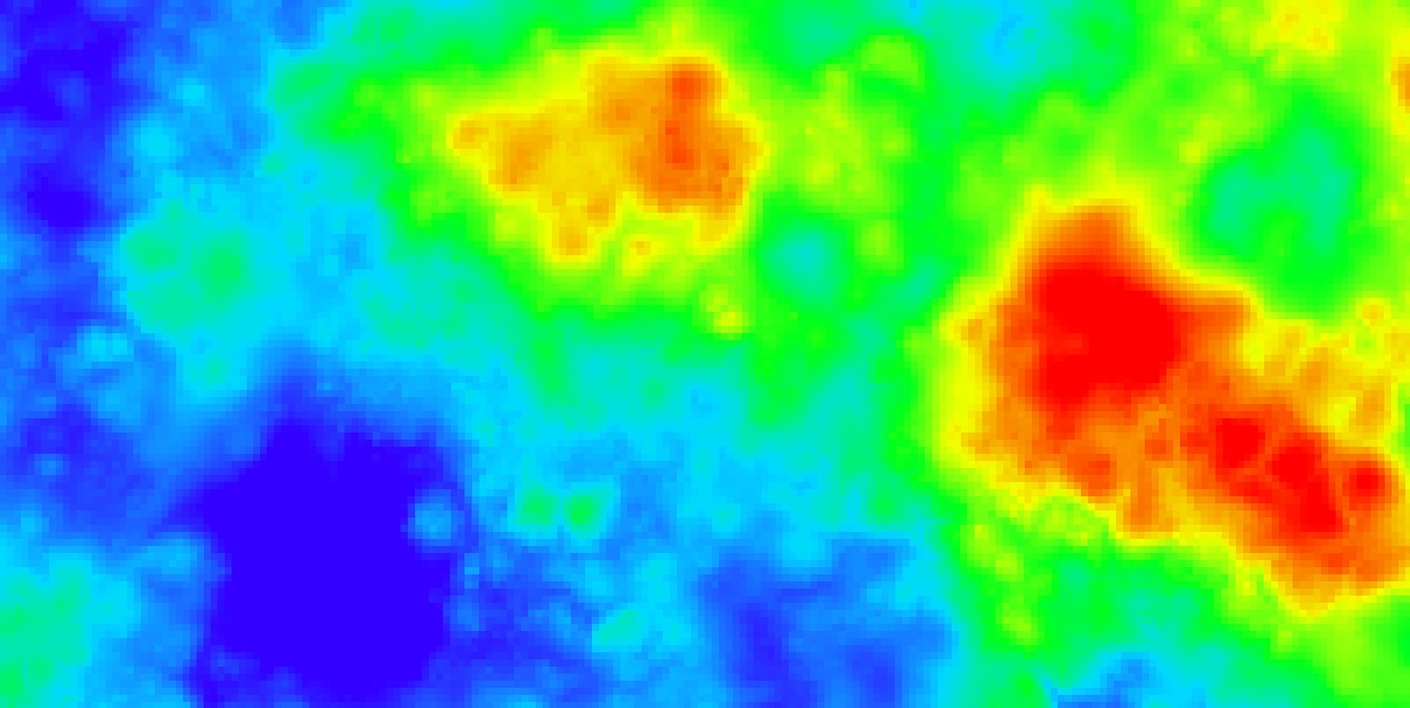Infrared Roof Inspections: How They're Done & Why They're Important
September 12th, 2023 | 3 min. read

Finding roof leaks is not always easy.
It can also be expensive.
Fortunately, an infrared roof inspection can help you accurately find the source of a leak and avoid a costly roof replacement.
This innovative approach employs thermal imaging to accurately locate areas on your roof that hold moisture. Read on to discover how an infrared roof survey works, its advantages, and how it's done.
Table of Contents
- What Is an Infrared Roof Survey?
- The Advantages of Infrared Roof Surveys
- How An Infrared Roof Inspection Is Done
What Is an Infrared Roof Survey?
During an infrared roof inspection, a contractor will use a camera that creates a thermal image or video of the roof's surface, showing temperature differences between various areas throughout the roof assembly.
How does this help you find leaks?
Water has a higher heat capacity than the man-made materials on your roofing system, so any areas of the roof assembly that are saturated with water (usually the insulation) will hold heat longer than dry areas. An infrared camera will pick up the temperature difference between wet insulation and dry insulation.
Infrared roof inspections are best done on flat or low-slope roofs.
The Advantages of Infrared Roof Surveys
Infrared surveys have two primary benefits:
Quick & Non-Destructive
Finding a leak on a large commercial flat roof can be difficult and time-consuming, and typically requires a core sample (where a contractor cuts into the roof assembly).
Infrared roof surveys provide a quick, non-destructive way to find problem areas and produce a comprehensive picture of the condition of your entire roof. A core sample can then be taken in targeted areas to confirm the problem.
Avoid Unnecessary Repairs & Replacements
If a large part of your roof system is saturated with moisture, some contractors may recommend a complete roof replacement. But if the rest of the roof is in good condition, you may not need this. An infrared scan can determine exactly how much of the roof is saturated and potentially save thousands - if not tens of thousands - of dollars.
How An Infrared Roof Inspection Is Done
An infrared survey should be performed around dusk. This gives the roof assembly enough time to begin cooling down. As it cools, the areas that hold onto heat the longest (like wet insulation) will become visible in an infrared image.
Calibration of Infrared Camera
The infrared camera needs to be calibrated for optimal performance. Calibration ensures that the thermal images captured are accurate and reliable. This involves setting the emissivity settings, distance, and other variables on the camera according to the roofing material and conditions.
Survey Execution
A qualified technician, usually a certified thermographer, walks the roof surface with the infrared camera. The camera scans sections of the roof and captures thermal images, often stored digitally for later analysis. The technician may mark areas of interest directly on the roof with spray paint or chalk for easier identification during subsequent inspections.
Drone-Assisted Surveys
For large or inaccessible areas, drones equipped with high-resolution infrared cameras can be used. These drones can cover a large area quickly and provide aerial thermal images that offer a complete view of the roof condition.
Report Generation
A detailed report is generated, which usually includes thermal images, visual photographs for context, and annotations to highlight areas of concern. Recommendations for further inspections, repair, or replacement are also part of the report.
By following these steps meticulously, infrared roof surveys provide a comprehensive, non-destructive, and accurate method for assessing the condition of roofing systems.
The Upshot
Infrared roof inspections have significantly changed the game in the field of roof leak detection and repair. Offering a quick, non-destructive, and highly accurate means of pinpointing moisture issues, these surveys can potentially save you thousands of dollars on unnecessary repairs or replacements.
If you have specific questions about infrared surveys, or would like to schedule an inspection for your building, give us a call. Our nationally-recognized experts can help provide you with customized guidance and solve your roofing issues for good.
Schedule a Free Call
Hop on a call with a GIDEON expert and learn more about how GIDEON can help you with your commercial roofing project.
Eric Schlossenberg started roofing when he was 24 years old, when he went to work as a Conklin contractor. Over the course of his career, he’s installed hundreds of thousands of square feet of roofing systems, but he still has a special passion for where he started in roof foam and coatings, and is a founding member of The Roof Coaters Guild of America. Gregarious and outgoing, Eric brings a unique sense of fun to his work, whether he’s on a roof or in the office.
